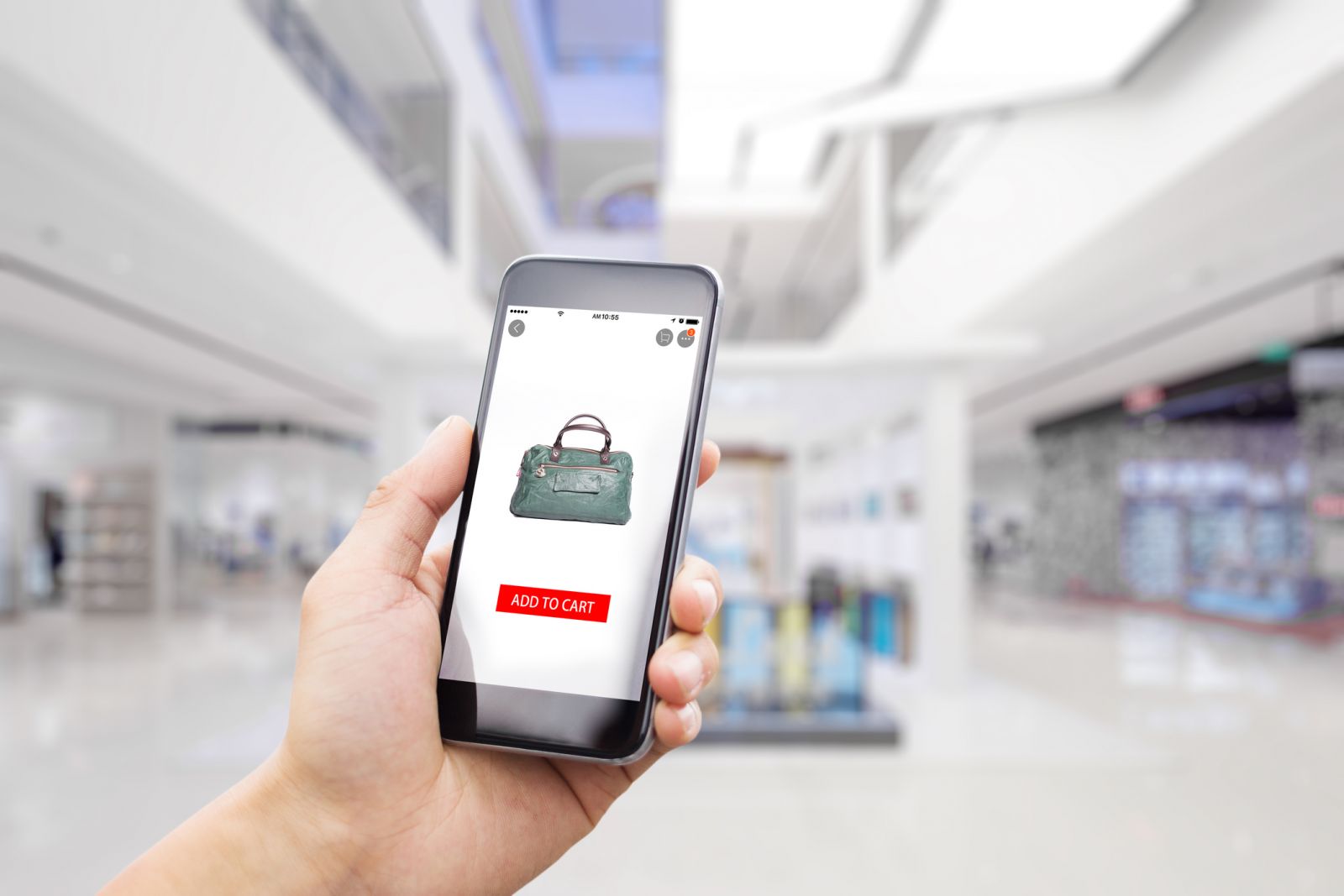此内容只提供英文版本

Since the dawn of the retail era, innovation has flowed from businesses down to consumers: enterprises develop products and then sell them to consumers. Big data and social media are turning this innovation model on its head – we are now seeing innovation begin with the consumer and flow upwards to businesses. This changes everything.
In the pre-digital age, gathering data from customers was a hit-and-miss process – customer feedback was limited to complaints and occasional praise, and sales data was quite simplistic and non-granular. Today’s digital tools provide a wealth of real-time data and insights that allow retailers to understand their customers better than ever before – perhaps even better than they understand themselves.
China is firmly ahead of the rest of the world when it comes to C2B innovation. Take the example of Midea, the Chinese appliance manufacturer. They created a dishwasher based on big data harvested from millennials in China. Based on data collected during purchases made in Tmall, Taobao’s online platform, the company discovered a distinct and unique need: young consumers wanted dishwashers that were designed for Chinese dishware and cutlery. During the Alibaba Singles Day shopping festival in November 2016, Midea sold over 8,000 of these new appliances, setting a new company record.
In China, these data-driven customer insights are driving innovation everywhere you look – from using customer preferences to help previously unconnected rural farmers sell their fruit and vegetables more effectively, helping them increase profit and reduce waste; to using the collision of social media, celebrity, entertainment and shopping in giant online malls like Taobao to develop and promote brand-new products and services for specific consumer segments.
The key to C2B’s speed of adoption in China is the vast amounts of data consumers willingly provide. Sites like Tmall encourage customers to linger and spend their time browsing, shopping, reviewing and discussing their purchases. In 2016, Taobao and Tmall users shared no less than 20 million product reviews and asked two million product questions on various product forums – per day. Through the use of AI, these insights can be collated and compared with social media chatter and transaction data to provide a clear picture of what customers prefer and what they are missing.
This rapid transformation gives start-ups looking to succeed in retail anywhere in the world a couple of important takeaways. First, listening to customers has never been more important – they are not only a source of revenue and product feedback; today they are your source of new product ideas. Second, being flexible, fast and agile is critical – by being committed to customers instead of specific products, you can give people what they need, when they need it – and that is the essence of retail.